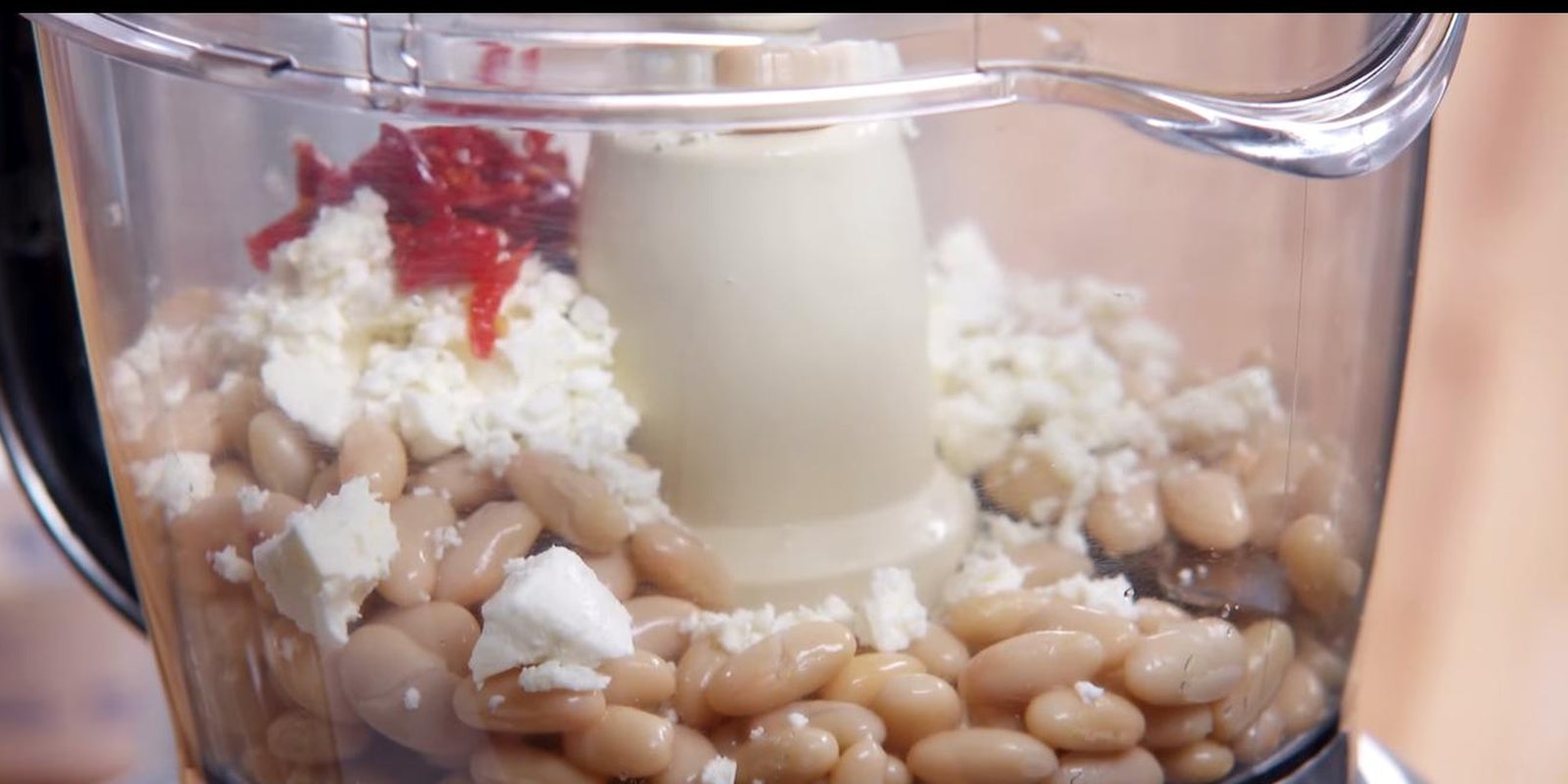If, as one food-tracking firm claims, you believe 2015 is the year of hummus, you best find the best DIY recipe to satisfy your craving for this popular Middle Eastern staple.
Sabra, one of the leading commercial brands, is facing a recall of 30,000 cases of its classic hummus due to the discovery of the nasty listeria bacteria in a sample taken March 30 from a store in Michigan. The voluntary recall affects only five particular Sabra SKUs, but it will no doubt have a chilling effect (if not great scare) over store-bought hummus. Listeria is a food-borne germ that causes flu-like illness in many, but it can be especially dangerous to pregnant women and the elderly.
So, take this opportunity to dust off the food processor or high-speed blender you received from Santa, and try these five recipes to replicate—if not outshine— what you have been buying all these years from the local market.
1) The basic batch
The basic recipe, as shown in this video, generally includes a few simple ingredients: garbanzo beans (aka chickpeas), olive oil, garlic, and tahini. As a long-time devotee of homemade bean dishes (and someone who is allergic to sesame), I use peanut butter to replace tahini and add a dash of dijon mustard. Adding lemon juice and/or lemon zest is a matter of taste. As you will see through these YouTube-curated recipes, there is a lot of latitude in homemade hummus. You can experiment using various oils for the emulsion (try pistachio oil) or even add some fresh spices for a fresh flavor.
2) The ends justify the beans
After years of basic hummus, the proprietor of a Middle Eastern market, as well as a few trips to Israel and UAE, convinced me to change up my choice of beans for the dish. If you can overlook Food Network’s Bobby Flay’s pimping of Greek yogurt, the savvy chef substitutes great northern beans for garbanzos, which can lead to a slightly chunkier end result. But then again, with food processors now built with motors akin to Indy race cars, you can pulverize any bean to smooth consistency. Frankly, cannellini beans, pinto beans, or any bean will work for hummus. I have tried it with red kidney beans, and, honestly, it looked a little weird, but it tasted fine.
3) No beans about it
Speaking of looking weird, beet hummus is growing in popularity and (as this recipe shows) merely requires the addition of cooked beets (I recommend parboiling them or they turn to mush) to the beans, garlic, oil, and nut paste. The result looks like homemade beet horseradish, but has a nice taste as well as adding the extra nutrition that comes from beets (which are rich in Vitamin C).
4) Sweet potato hummus
Moving on from beets, I have never tried making hummus using sweet potatoes, but if you are looking to pump up your Vitamin A, as well as looking for a somewhat thicker texture, sweet potatoes are a nice twist on the classic version. I would not recommend using non-sweet potatoes of any fashion, which would add a more carbs to the dish than necessary.
5) Sans oil
Depending on your particular take on veganism, there are those whose plant-based diet considers oils—cooking oils, to be specific—to be a no-no. This is especially true for those who follow the Engine 2 diet. Hummus is popular among vegans, so one way of achieving the silky consistency of the traditional recipe is to use the liquid that comes in the can (if you are using canned beans). If you are cooking your beans from scratch, I recommend you do not use the water used to prep your beans unless you are on a super-high-starch diet. Instead, use some vegetable stock or (yes, this works) the liquid from your jar of olives or pickles. The extra zing kicks it up a notch.
Screengrab via FAGE/YouTube


